Here is another brief lens comparison. This time I tried eight f/1.2 lenses around 50mm focal length, wide open in the field. In this comparison you can consider sharpness as well as the bokeh.Results in terms of resolution and contrast are kind of surprising. One of the cheapest 50mm in this test (if not the cheapest) Canon FDn 50 f/1.2, simply outclassed all other lenses, except probably even cheaper Canon FD 50 1.2 SSC that stands well. The most expensive one didn’t stay far behind, but it is clearly on the third place.However, you should take in consideration few things here… Standard 50mm lenses were not always optimized for sharpness.
Many old lenses here, might be simply bad samples, or they might be affected by the age in a different respect – slight haze, that I can’t see by eye, yellowing caused by rare earth element etc. that all can result in lower resolution.
Many old lenses also suffer from the old coatings and thus they might produce some slight flare reflection, further lowering contrast.
All kind of aberrations are present, so think about them too.At the end, I know most of those lenses a bit more than just from the formal tests. Exceptions are Oly and newly acquired Pentax.
Anyhow, I have to say that performance of both Canon FD lenses is simply outstanding especially considering their price. Slight disappointment comes from the least expected performer – Nikkor 50 f/1.2
I would really like to get my hands on three more lenses – Noct Nikkor 58 f/1.2 and Canon FD 55 f/1.2 SSC Aspherical and Canon FD 50 f1.2 L. All three are supposed to be sharper than any lens tested here.
Of course, I wouldn’t say no, if anyone consider to give me Noctilux, Konica Hexanon M 50 f/1.2, Contax 50 f/1.2 or any other super fast legend. But so far – this is what I have…
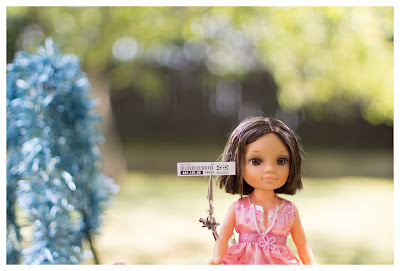 |
| Sony NEX 7 + Canon FDn 50 f1.2 |
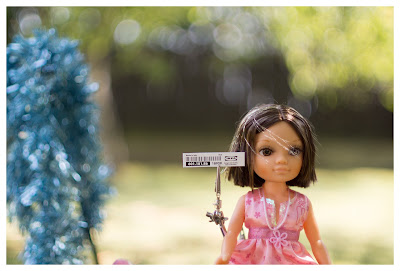 |
| Sony NEX 7 + Canon FD 55 f/1.2 SSC |
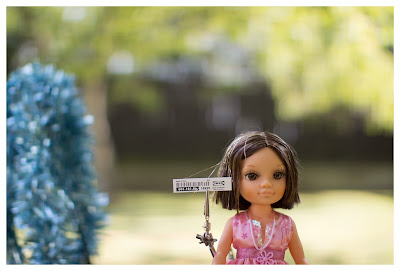 |
| Sony NEX 7 + Canon EF 50 f/1.2 L + Metabones Smart Adapter |
 |
|
|
|
| Sony NEX 7 + Olympus G.Zuiko OM System Auto-S 55 f/1.2 |
|
|
 |
| Sony NEX 7 + Pentax SMC M 50 f/1.2 |
 |
| Sony NEX 7 + Minolta MC Rokkor PG 58 f/1.2 |
 |
| Sony NEX 7 + Voigtlander Nokton 50 f/1.1 |
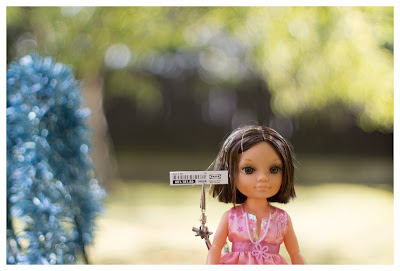 |
| Sony NEX 7 + Nikon Nikkor 50 f/1.2 Ais |
And here are crops from two positions, where I was trying to acquire focus. I made at least three shots with each lens and selected here the best crops that I could find. All shots were processed in LR and exported to PS 5.5 for further processing – cropping, composing and downsizing.
 |
| 100% Crops 1 |
 |
| 100% crops 2 |
To help this page survive, your donation will be highly appreciated.










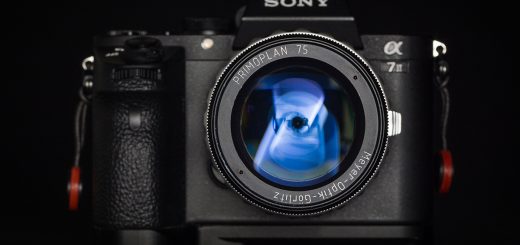
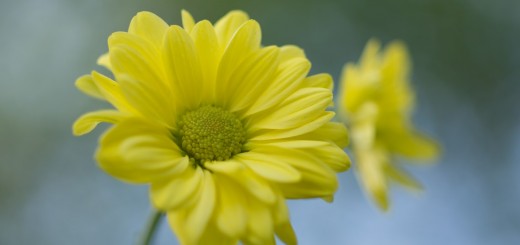
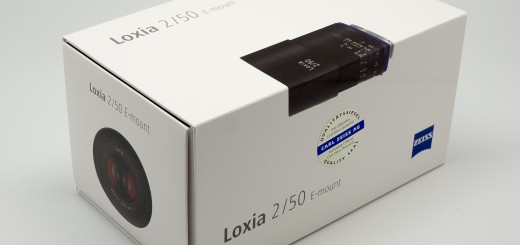
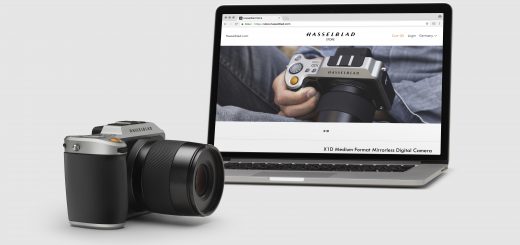
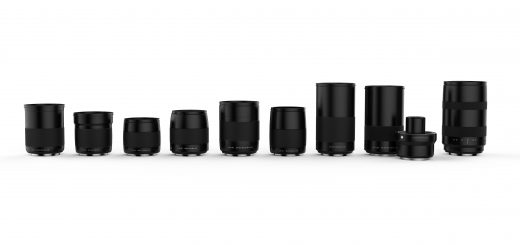
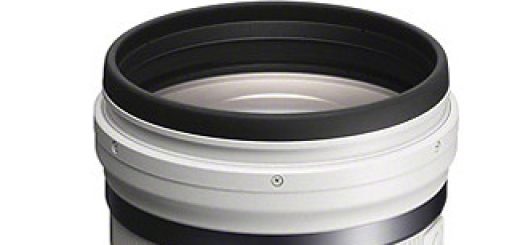
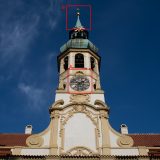
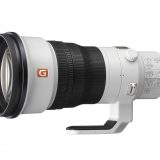
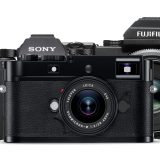
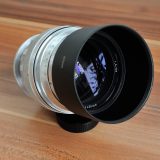
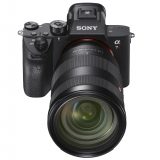
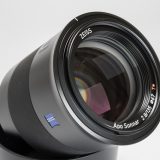

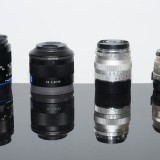
hey i want to buy 50mm len , but i just want to know like i want to pick canon FD 55mm 1.2 or canon FD 50mm 1.2 L , please give me advice
Hi, If you have a chance to get FL 55 f/1.2 S.S.C Aspherical, for reasonable cost, go for it. It is supposed to be one of the sharpest normal lenses ever produced. It however uses some rare earth element – most probably thorium and thus, it is slightly radioactive. FD 50 f/1.2L is great lens too, so it might be about – which one you find in better shape and for better price.
FL 55 f/1.2 S.S.C without Aspherical element is not as good. (But not slouch either as you can see form above samples).
Hi Viktor,
Judging from the links, it looks like the Nokton and Minolta images are swapped. Can you confirm?
Thanks for the great work 🙂
Ali
Hello Victor.
Very nice comparison indeed. Does it come in A7R as well later on maybe?;-)
For centre sharpness the lens you name Canon FDn 50 f1.2 is really excellent. Bokeh is maybe a bit nervous.I don’t how it’s working on FF or larger distances.
I was thinking of getting that to use on a Sony A7R.
However I’m not sure whether I’ve located the correct lens. Canon has a lot of 50ish f/1.2s.
Is this the one?
http://www.youtube.com/watch?v=AvoiLgKQuT4
Sorry for adding an external link. I’m not sure whether that’s OK or not.
Best regards Jan
Hi Jan and thanks,
Canon FDn 50/1.2 that I used in this comparison is indeed the same type as the one from your link. I will try to make new shootout with A7 or A7r once the weather necome more stable for few days. Cheers,
Viktor
Hi Victor.
Looking forward to that.
I found a FDn 50/1.2 on ebay. I only hope it’s as good as your sample.
Jan
Thanks for review, it was excellent and very informative.
thank you 🙂
The results of the Olympus are similar to my experience with the 50/1.8 and 28/3.5 the colour rendering doesn’t match that of the canon, nikon, minolta lenses, and I find they lack micro-contrast.
Hi Carey and thanks for the comment. I haven’t spent much time with Olympus lenses, but I learned that with some of them it is important to look for the proper (better) versions. This is case of 50/1.8 (only those with made in japan writing are supposed to be good) or 50/1.4 where lenses with serial number over 1100000 are supposed to be better. Olympus was a bit lazy to introduce and apply multicoatings and when they did, they didn’t spend much time to let photographers know about it. In a result, you have to distinguish between G-Zuiko and Zuiko only e.g. (the later is mostly multicoated while G were mostly sigle coated), or to look for appropriate serial numbers. However, I am very impressed with Zuiko 18mm f/3.5 in terms of colors and micro contrast, and I am sure there are more of those in their stable.
Regards,
Viktor
The Nikon probably disappoints because its the only one that doesn’t make use of radioactive elements. That’s why its still produced to this day. I’d be interested to see a similar test at f2 and f4 because the Nikon sharpens up nicely.
Hi Andrew,
actually only Olympus has some rare earth – radioactive element, from lenses above. I am not sure about Minolta though, but it certainly doesn’t have yellowed glass. Nikon does sharpen nicely at f/2.8 and smaller, but we would enter huge world of competitive lenses at that FL and aperture. The intention of this brief test was to see how they does wide open, and Nikon wasn’t particularly great. It always can be sample variation though, especially if you have different experience.
Cheers,
Viktor
Hi Viktor,
Very interesting review – it’s good to see a review comparing so many fast standard lenses! Thanks for making it.
I was surprised to see the old FDn 50/1.2 outclassing its EF younger brother. I must say, I took some delight in that 🙂 The difference is less pronounced when comparing the barcode label…especially because of the CA in the FDn lens. However, when looking at the “model’s” face, the difference is huge…the EF lens is ugly by comparison.
After having bought an FDn 50/1.2 (which I told you about previously), I’ve now also bought a reasonably priced FDn 50/1.2 L. I need to devise a test to compare them before I sell the non-L version on.
In my outdoor real world shots, I can already the difference between these two lenses (as you said I would). Noticeable increase in sharpness and micro-contrast with the L version. I wish I could quantify this using Imatest software, but even though I’m prepared to buy the software/chart bundle, it would be useless without training, which is too expensive.
Do you know of any Imatest tutorials that are easy to understand and follow?
Hi Anthony,
Canon FDn 50/1.2 is indeed sharper wide open than its EF sibling in this comparison. However, when you look to the blurred background, highlights are much smoother on EF and bokeh looks almost velvet like. In a result, we have two different image rendering and each of them has its own aesthetics. I would pick EF version anytime above any other lens from this comparison, simply because I like the way how the resulting images look.
Lens designers, especially those working on a specialty lenses such as EF 50/1.2 L , are not always led by an ultimate effort to correct all aberrations. Quite in contrary, some of the aberrations are intended, because they are giving unique results – so called “lens character” 🙂
Imatest has their own webinars and I don’t know about better way to learn their software. The real problem is however, how to set the target, how to light it up properly etc. This might take you all day, and if you miss it by only 0,5mm…
Cheers,
Viktor
Yes, the EF has fantastic bokeh compared to the rest, which more than makes up for its reduced central sharpness.
I tried watching the Imatest support videos, but they’re very superficial…introductory to help you pick the right product, for purchase but not enough to help you use it. I think they want people to attend their courses, but Taiwan is a bit far!!
This 0.5mm issue is quite troubling, because I’m terrible at focusing! I’m getting better, but I find getting pin sharp shots with these 300mm lenses incredibly hard at short range eg 7-10m where the DOF is less than a half a centimetre.
Don’t they have webinars? I am not using Imatest so I don’t know much about their software. The problem with Imatest based tests is that they are measuring system performance – lens + camera. With a recently increasing participation of software corrections, even in so called RAW files, all those tests are loosing their relevance IMHO. It is same of not better to show crops from the target and let people see what they see.
Trouble of focusing properly is certainly huge issue if you are after critical sharpness. I don’t know if you have read this article – http://www.zeiss.com/camera-lenses/en_de/website/photography/what_makes_the_difference/manual_focusing.html There are lot of good points there.
Cheers,
Viktor
Great Review/Shoot-out. Thanks